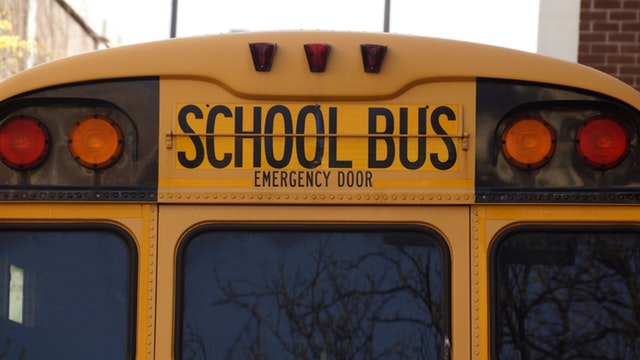
We tend to think of those who save lives as exceptional individuals, like a comic book superhero. In reality, anybody can rise to the occasion and provide lifesaving care, especially those who interact with the public every day.
A simple Google search for “bus driver saves life” yields more than 700,000 results. These results are filled with news articles and videos about school bus drivers using the knowledge and tools at their disposal, including first aid and CPR training, to safeguard the well-being of their charges.
The Importance of First Aid Training for Bus Drivers
A bus driver’s duty to their charges can begin and end with safe driving, but given the responsibility their job entails, an argument can be made that the diver has a responsibility to ensure the safety of their passengers, regardless of where danger presents itself. The easiest and perhaps most important thing a bus driver can do to prepare for an emergency is obtain a CPR certificate and undergo basic first aid training courses.
Even in safe driving conditions, a number of emergencies can arise that threaten the safety of school children. Children have a tendency to behave recklessly and often incur injuries as they go about their day. Some of the more serious injuries children receive can cause bleeding, choking, or even loss of consciousness. With comprehensive first aid training, bus drivers can attend to these problems until professional medical personnel arrive.
Allergic Reactions
Beyond accidents, there are plenty of legitimate medical emergencies a bus driver may have to contend with. Some children can experience a deadly allergic reaction if they come in contact with certain foods, and even a single errant bee can cause serious problems if it stings a child who is allergic. Proper use of an EpiPen to handle allergic reactions can save a child’s life. Diabetic reactions are another issue to be aware of, especially if an older child has skipped a meal. Knowing what to do in such cases can mean the difference between life and death.
Choking
Young children will put anything and everything into their mouths, regardless of whether it is edible. Even older children can start choking if they eat too much, too fast. Learning how to deal with a choking child is a critical skill that bus drivers should know so they can intervene when it matters most. For the worst-case scenarios, CPR is a vital skill.
Prepare Yourself with Specialized Health and Safety
Specialized Health and Safety offers hands-only and pediatric CPR training, as well as first aid training courses to prepare school bus drivers for anything they may face in the line of duty. Visit our website to view our current courses and sign up for your training session!

